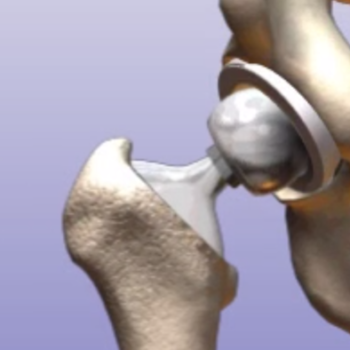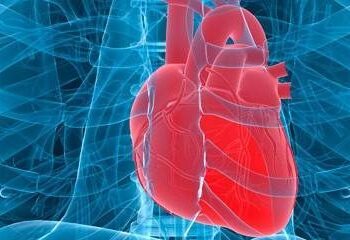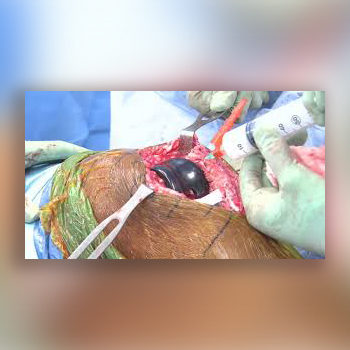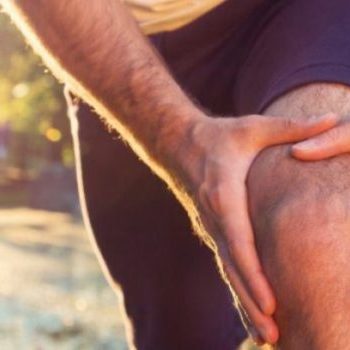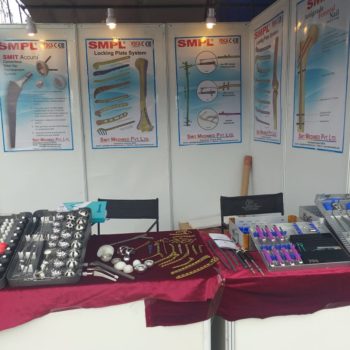
UPORTHOCON 2019
We participated in UPORTHOCON 2019 43th Annual Conference of UP Orthopaedic Association held in UP from 15th to 17th February, 2019 at Rohilkhand Medical college, Bareilly.
We exhibited all our Articular and Periarticular Trauma Implants (products), Total Joint Replacement System & Instruments.


